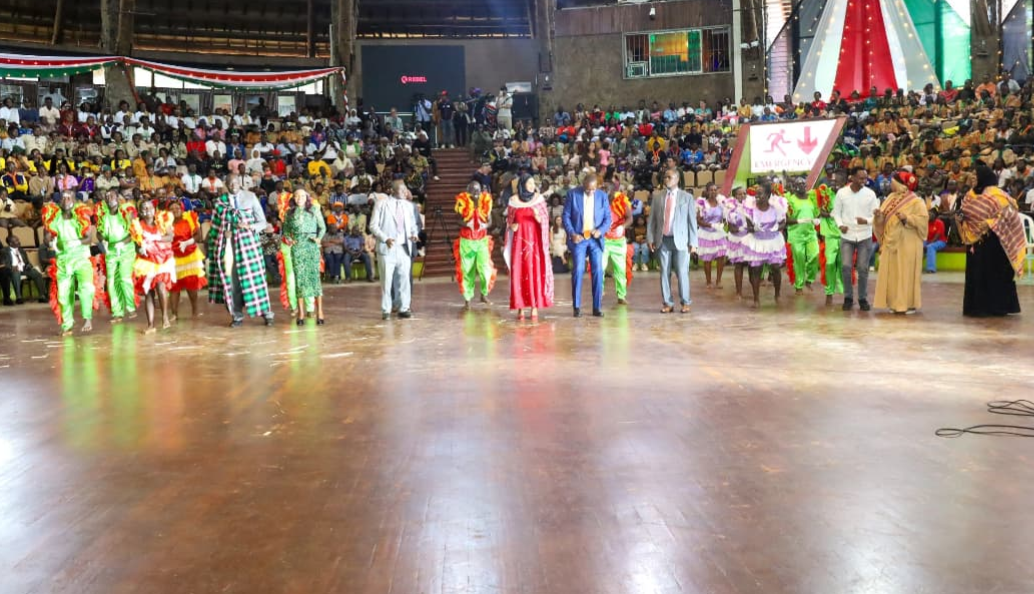
The Bomas of Kenya is a living museum in Nairobi that offers a look into the country's diverse cultural heritage.
Visitors can explore traditional homesteads from various ethnic communities and witness performances of their music and dance.
The Cultural Significance of Bomas of Kenya
The Kenyan government established Bomas of Kenya in 1971. Its primary purpose is to preserve and promote the nation's diverse cultural traditions for educational and tourism purposes.
The site functions as a living museum, often called "Kenya in miniature," because it showcases the authentic lifestyles, arts, and heritage of the country's major ethnic groups in one location. It provides an important educational experience for visitors.
The location also hosted the National Constitutional Conference in 2003, which produced a significant draft of the constitution.
Bomas of Kenya Entrance Fees
The entry cost for Bomas of Kenya varies depending on the visitor's residency status and age. It is advisable for visitors to carry identification to verify their status. The general entrance fee covers access to the traditional homesteads and the surrounding grounds.
Attending the cultural performance in the main auditorium may require a separate fee, and visitors should confirm this at the ticketing office. The facility prefers cashless transactions, such as M-Pesa or credit/debit cards.
The standard entrance fees are outlined below.
| Category | Citizen Rate (KES) | Non-Resident Rate (KES) |
|---|---|---|
| Adult | 200 | 1,000 |
| Child | 50 | 500 |
Traditional Homesteads at Bomas
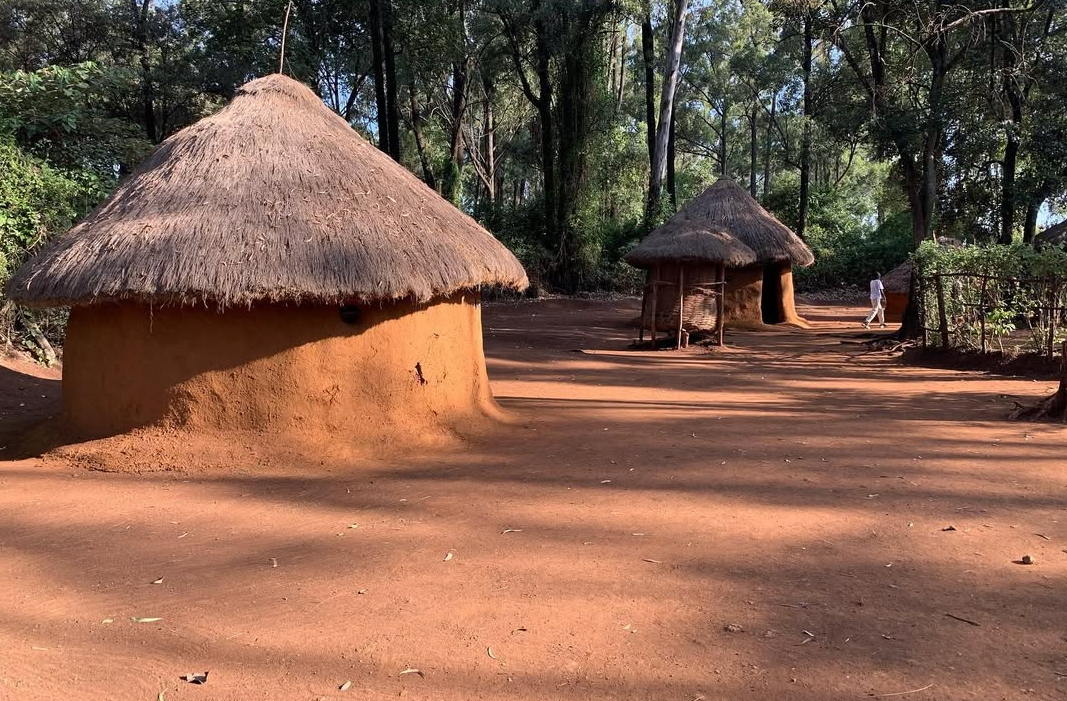
The grounds of Bomas of Kenya contain a collection of traditional homesteads, often called bomas. These structures are full-scale replicas that show the architectural styles of various Kenyan ethnic groups.
The villages are arranged in clusters, allowing visitors to walk from one distinct cultural region to another.
A Walk Through Kenya's Villages
The site features homesteads from over 20 of Kenya's ethnic communities. Visitors can enter the huts and compounds to see how different communities organized their family and social lives.
Key examples include the Maasai manyattas, the circular Kikuyu homesteads, and the Mijikenda villages from the coastal regions. Each village is built using traditional techniques and materials authentic to its region.
Architectural Diversity and Lifestyles
The architecture of each homestead directly reflects the environment and lifestyle of its people. Maasai homes, for instance, are low, circular structures built by women using mud, sticks, and cow dung to suit a semi-nomadic life.
In contrast, Luhya homesteads from the more settled western region are larger, with a specific layout of huts for the husband, wives, and sons, all enclosed by a fence. This diversity shows how each community adapted its building practices to its climate, social structure, and available natural resources.
Crafts and Cultural Artifacts
Inside the huts, visitors can see a range of traditional artifacts and furnishings. These items provide insight into the daily lives of the people. You can find cooking implements like clay pots and gourds, sleeping arrangements made from animal hides, and various tools used for farming or defense.
The presence of these objects helps illustrate the daily routines and resourcefulness of Kenya's ancestral communities.
Experience of Daily Cultural Performances
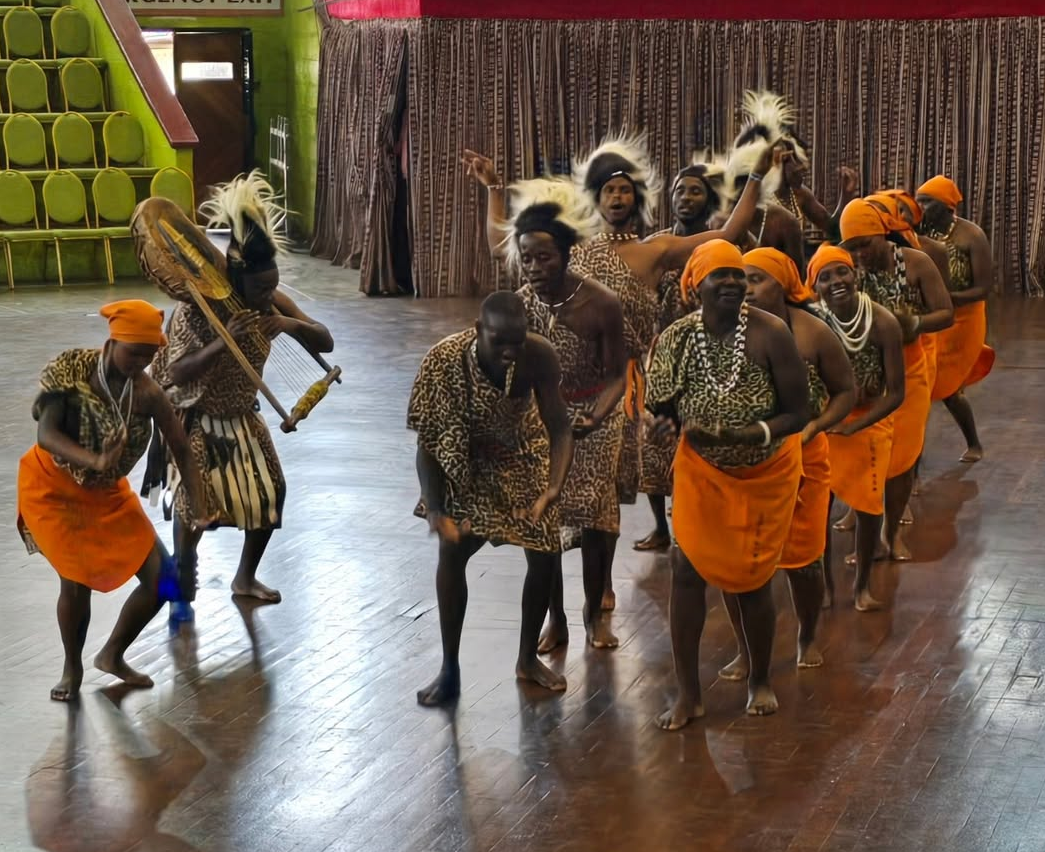
The highlight for many visitors to Bomas of Kenya is the series of live cultural performances. These shows take place every afternoon in a large, circular auditorium that can seat thousands of guests. A permanent, professional troupe of dancers and musicians performs a rich selection of traditional songs, music, and dances from across the country.
The performances are energetic and colorful. The troupe showcases the unique cultural expressions of different ethnic groups, from the acrobatic leaps of the Maasai warriors to the intricate footwork of Kikuyu dancers.
Performers wear the traditional attire specific to each dance, accompanied by authentic instruments like drums, flutes, and stringed lyres. The show provides a dynamic survey of Kenya's performing arts and is a core part of the Bomas of Kenya experience.
Other Activities in Bomas

Bomas of Kenya provides additional facilities that serve its visitors. These include an on-site restaurant, a playground, and venues for private events.
The Utamaduni Restaurant serves a menu of traditional Kenyan dishes. This gives visitors an opportunity to experience local cuisine as part of their visit.
The restaurant has both indoor and outdoor seating options. For families, a children's playground with swings and other equipment is available on the grounds.
Bomas of Kenya also functions as a venue for hire. It has multiple conference halls, large grounds, and an auditorium suitable for corporate functions, weddings, and public gatherings.
Attractions in Nairobi near Bomas of Kenya
The location of Bomas of Kenya in Lang'ata is convenient for visiting other major attractions in Nairobi. Many visitors combine their cultural tour with nearby wildlife and historical sites. The following attractions are a short drive away.
- Nairobi National Park: The park's main gate is located approximately 2 kilometers from Bomas of Kenya. It is a major wildlife reserve where visitors can see lions, rhinos, and giraffes.
- Nairobi Mamba Village: This crocodile farm and recreational park is about 5 kilometers away. It offers boat rides and opportunities to see crocodiles and ostriches.
- The Giraffe Centre: Situated around 6 kilometers from Bomas, this conservation center allows visitors to feed endangered Rothschild's giraffes from a raised platform.
- David Sheldrick Wildlife Trust: This famous elephant orphanage is located approximately 7 kilometers away. It is open to the public for one hour each day to watch the baby elephants being fed.
- Karen Blixen Museum: The former home of the "Out of Africa" author is about 8 kilometers from Bomas. The museum provides a look into Kenya's colonial history.
A Summary of Your Visit
A visit to Bomas of Kenya offers a comprehensive cultural experience in a single destination. It is a highly recommended stop for anyone wishing to understand the diverse ethnic traditions of the country. The visit includes exploring architectural styles in the replicated homesteads and enjoying the vibrant energy of live music and dance.
Its proximity to other major Nairobi attractions makes it a convenient part of any travel itinerary. The facility provides a meaningful insight into the traditions that shape Kenya's cultural identity, making it a worthwhile experience for tourists and locals alike.
Location
Book a Trip to Bomas of Kenya
Include Bomas of Kenya in your personalized Kenya safari itinerary and create unforgettable memories.
Plan My SafariMore Attractions
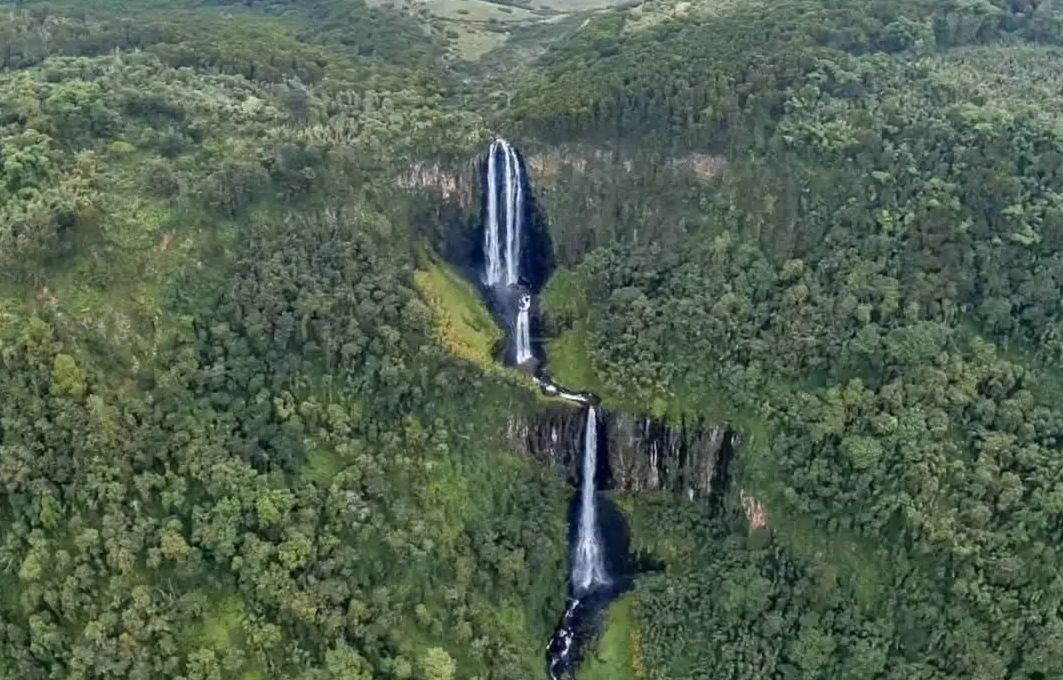
Karuru Falls (Aberdares)
Kenya's tallest waterfall in three breat...

Chania Falls (Aberdares)
Serene waterfalls cascading over rocky l...
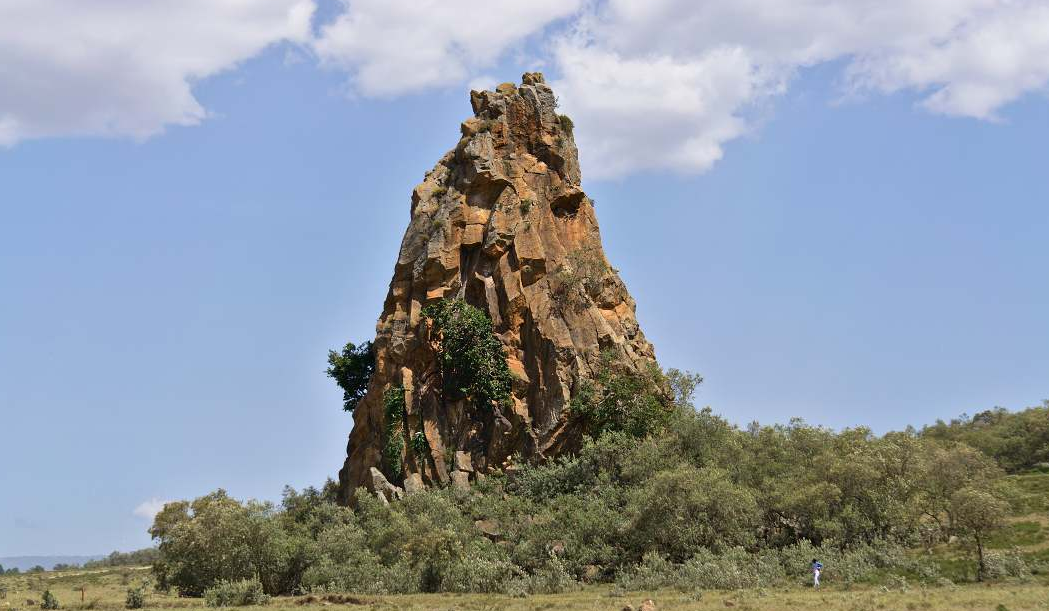
Buffalo Springs (Buffalo Springs NR)
Life-giving natural springs in the arid...
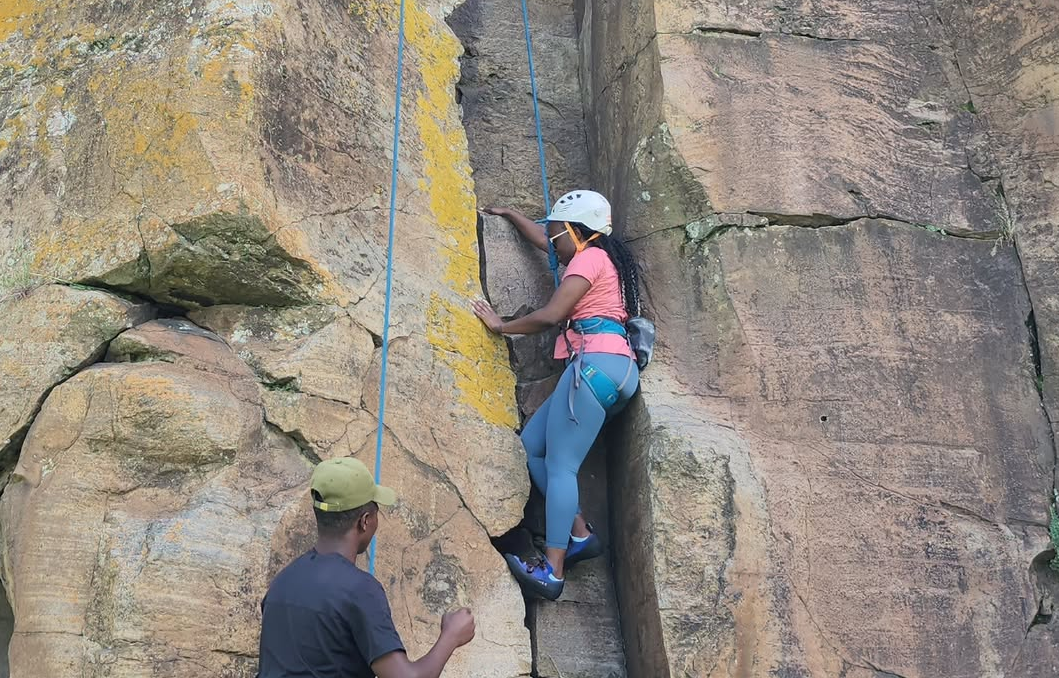
Fischer's Tower (Hell's Gate NP)
Iconic volcanic plug popular for rock cl...

Central Tower (Hell's Gate NP)
Impressive rock tower offering climbing...
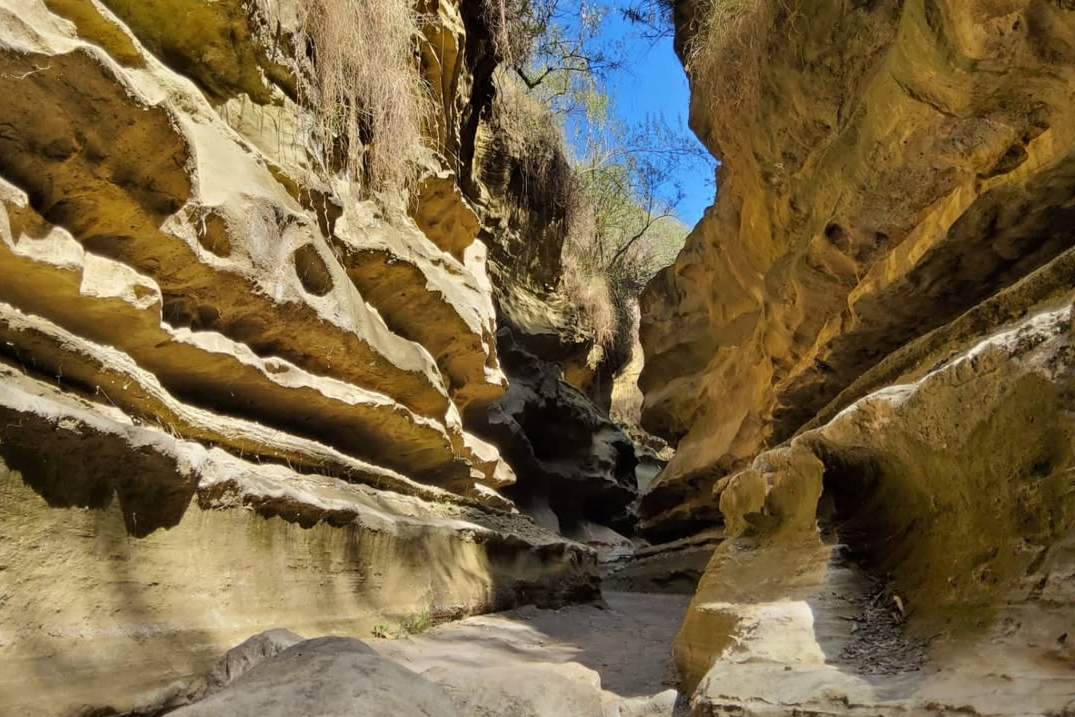
Ol Njorowa Gorge (Hell's Gate NP)
Dramatic gorge carved by ancient water f...